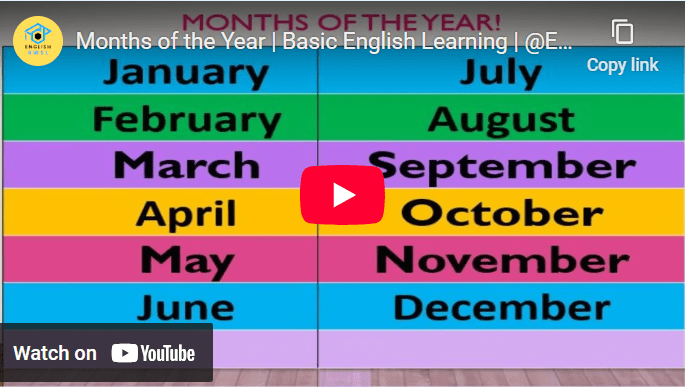English Language
English Pronunciation Guide for Beginners
Mastering English pronunciation is essential for clear communication. This guide provides pronunciation exercises for beginners and practical tips on how to improve English pronunciation effectively. Whether you are just starting or looking to improve, this guide will help you understand the basics and practice effectively. With step-by-step explanations, interactive exercises, and video lessons, you will be able to pronounce words correctly and enhance your speaking skills.
Understanding Basic Pronunciation Rules
English pronunciation can be challenging due to silent letters, varied vowel sounds, and different accents. However, learning the fundamental rules makes it easier to grasp:
- Vowel Sounds: English vowels (A, E, I, O, U) can have different pronunciations depending on their position in a word. For example, ‘cat’ (short ‘a’) vs. ‘cake’ (long ‘a’).
- Consonant Sounds: Some consonants are pronounced differently based on their combinations. For example, ‘ch’ in ‘chair’ sounds different from ‘ch’ in ‘chorus’.
- Silent Letters: Many English words contain silent letters, such as the ‘k’ in ‘knee’ or the ‘b’ in ‘comb’.
- Word Stress: Emphasizing the correct syllable in a word is crucial for clarity. For example, ‘record’ (noun) vs. ‘record’ (verb) changes meaning based on stress.
Interactive Pronunciation Exercises
Practicing pronunciation regularly improves fluency. Try these exercises:
- Listening and Repeating: Listen to native speakers and mimic their pronunciation. Use online tools or language apps.
- Minimal Pairs Practice: Focus on words that sound similar but have different meanings, such as ‘ship’ and ‘sheep’.
- Tongue Twisters: Practicing sentences like “She sells seashells by the seashore” improves articulation and clarity.
- Recording Your Voice: Record yourself reading aloud and compare it to native pronunciation to identify areas for improvement.
- H5P Interactive Exercises: Engage with interactive pronunciation quizzes, drag-and-drop activities, and audio-based challenges directly on our website.
Learn with Video Lessons
Watching pronunciation videos can make learning easier. Here’s a helpful lesson on English vowel sounds:
For a full pronunciation course, check out our English Pronunciation Videos on YouTube!
Common Pronunciation Challenges and How to Overcome Them
Many beginners struggle with certain sounds, but practice and awareness can help:
- ‘th’ Sound: The ‘th’ sound in ‘think’ and ‘this’ is challenging for many learners. Place your tongue lightly between your teeth and exhale.
- ‘r’ and ‘l’ Sounds: Speakers from some language backgrounds mix these sounds. Focus on exaggerating the difference when practicing.
- Vowel Length: Short and long vowel sounds can change word meanings, such as ‘bit’ vs. ‘beat’. Pay attention to the difference in sound length.
Audio, Video, and Interactive Resources for Better Learning
Using multimedia enhances pronunciation practice. Explore:
- H5P Interactive Content: Practice pronunciation through engaging activities on our website.
- Online Dictionaries with Audio Pronunciations: Websites like Cambridge Dictionary and Forvo provide native pronunciations.
- YouTube Lessons: Watch our YouTube Channel for step-by-step pronunciation tutorials.
- Language Learning Apps: Apps like Duolingo, ELSA Speak, and BBC Learning English offer pronunciation exercises.
Join Our YouTube Community Want to improve faster? Subscribe to our Youtube Channel for more pronunciation tips!
Conclusion
Improving your English pronunciation takes time and consistent effort. By following these pronunciation rules, practicing with interactive exercises, and using online resources, you can enhance your speaking skills and communicate with confidence. Keep practicing and make pronunciation a fun part of your language-learning journey!


